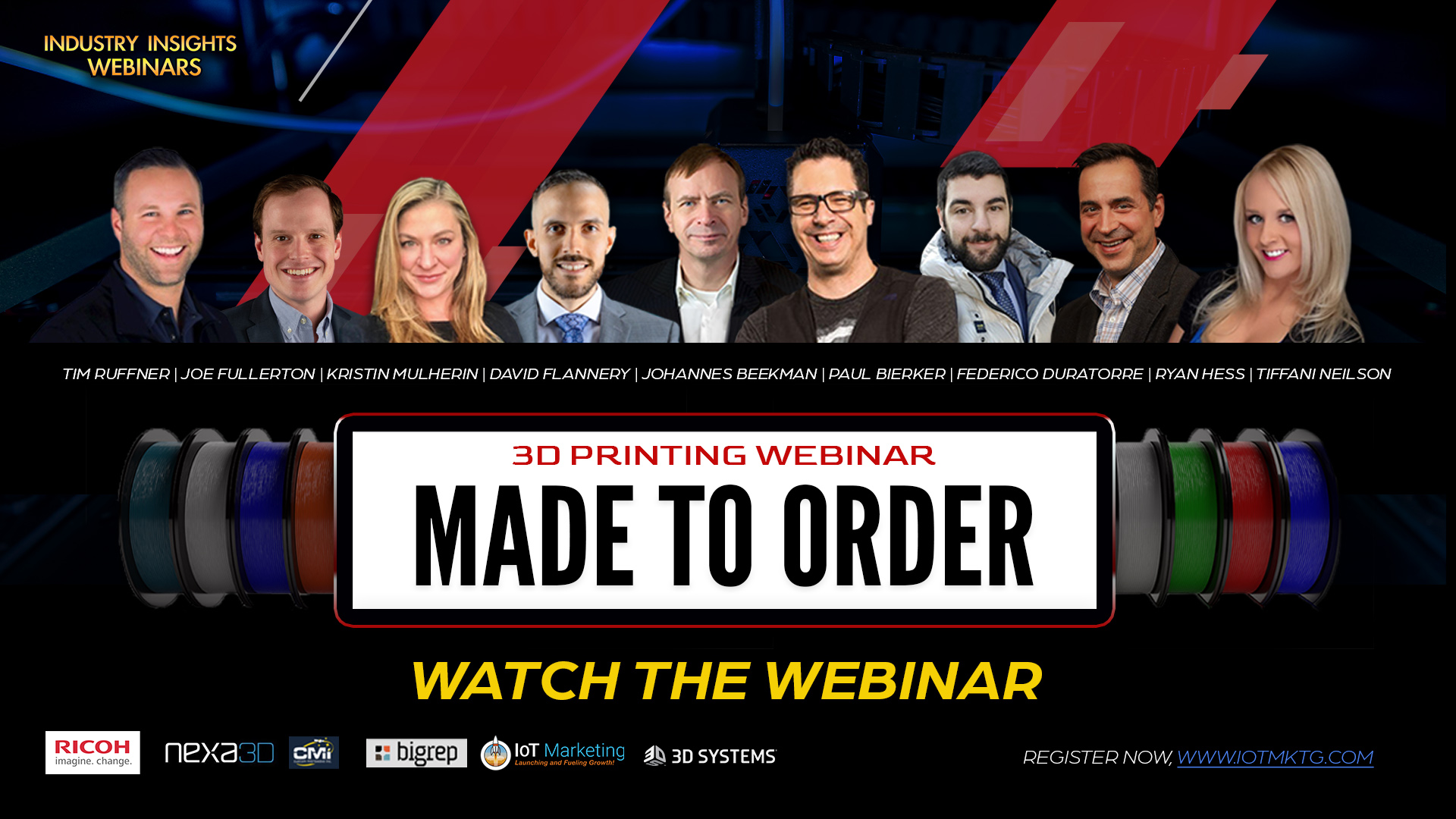The advent of 3D printing wearables has tremendously helped elevate the efficiency of the healthcare industry. It has improved the doctor-patient relationship to be ongoing and quicker at resolving health issues, thanks to wearables that transmit patient data to the hospital in real-time. Here's a look at what this amazing portable wireless technology can do to improve society.
Innovative New Medical Wearables
Today's most powerful 3D printers are capable of printing products in any shape. Medical wearables can be made completely by a 3D printer, which includes the printed circuit board. New ideas for 3D printing wearables can now be formulated and tested on a regular instead of occasional basis. The recent development of self-charging medical wearables, along with self-healing medical wearables, is taking medical research to a more sophisticated level.
Hearing aids are among the many types of medical wearables that can be prototyped and tested in a short time frame. The use of 3D printing makes it possible to test different hearing solutions without running up a huge bill. Harvard was a pioneering university at paving the way toward low-cost hybrid 3D printing of wearables.
One of the keys to the flexibility of wearables is the use of thermoplastic polyurethane (TPU) as a printing material with bendable qualities. This material can be blended with metals such as silver for the conductive elements of an electronic device.
The 3D printing wearables of this century are revolutionizing several industries, particularly the medical industry. Wearable devices that track patient data are saving lives and helping patients improve at a faster pace.

Watch the replay of "Made to Order" to learn about the latest trends, challenges, predictions, tips and more, surrounding 3D printing technology.
Energy Harvesting
The concept of energy harvesting can be implemented with solar, RF, thermal, mechanical or chemical methods. The main drawback to solar is that it doesn't provide much power over the short term. Otherwise, it's free energy from the sun. The pairing of solar panels and longer-lasting batteries will be the key to broader use of wearables indoors and at night.
RF energy harvesters use specifically-tuned antennas to communicate data with wireless devices over the air. Powering RF devices depends on proximity and size of the power source. It's now possible for devices to draw power from surrounding RF signals. Thermoelectric devices called "rectennas" operate like car antennas, except they capture light and heat and convert it into energy.
Energy harvesting devices can be made by 3D printers, as the materials are based on plastics and metals. The more scientists develop the concept of energy harvesting, the more it will resolve issues related to "always on" concerns about digital technology.
Medical Wearables in the Future
Wearable technology is in its infancy and will be much more advanced by the next decade. The development of customized "bio-symbiotic devices" has opened the door to TPU-based printing on a wider scale in the medical industry. The most modern wearable devices are made to fit under clothing with lightweight material. The idea of carrying around a heavy portable device is long gone.
New wearables will be made for appropriate placement on the body for gathering data. The comfort of the user will be a priority in the design, as well as keeping the device unnoticeable. Wearables will include energy storage systems such as batteries that provide a 24/7 connection with the hospital. The smart device will combine compact energy storage with wireless energy harvesting.
The odds favor future wearables being less conspicuous, making them easy to hide in clothing or even jewelry. Beautiful earrings may also house data-collecting sensors. The placement of sensors can be anywhere on clothing, such as on the shoulders. Shoes of the future will be designed to capture energy from movement, which will help power wearable devices. Sensors in shoes will also be able to cool your feet when you want.
The batteries in future wearables will be more durable, which will cut costs over time. Some wearables will draw energy from body heat or motion. Solar wearables will become more common the more solar technology advances in energy efficiency. Wearing solar-powered products helps raise awareness of the many things nature can do to cut costs while reducing impact on the environment.
To protect the user, wearables will be equipped with stronger security systems, such as those that require authentication. Some wearables may even be embedded underneath the skin for certain applications. Perhaps the most advanced achievements in wearables will be the direct and continuous connection with a virtual assistant who can answer medical questions.
The 3D printing wearables of this century are revolutionizing several industries, particularly the medical industry. Wearable devices that track patient data are saving lives and helping patients improve at a faster pace.
